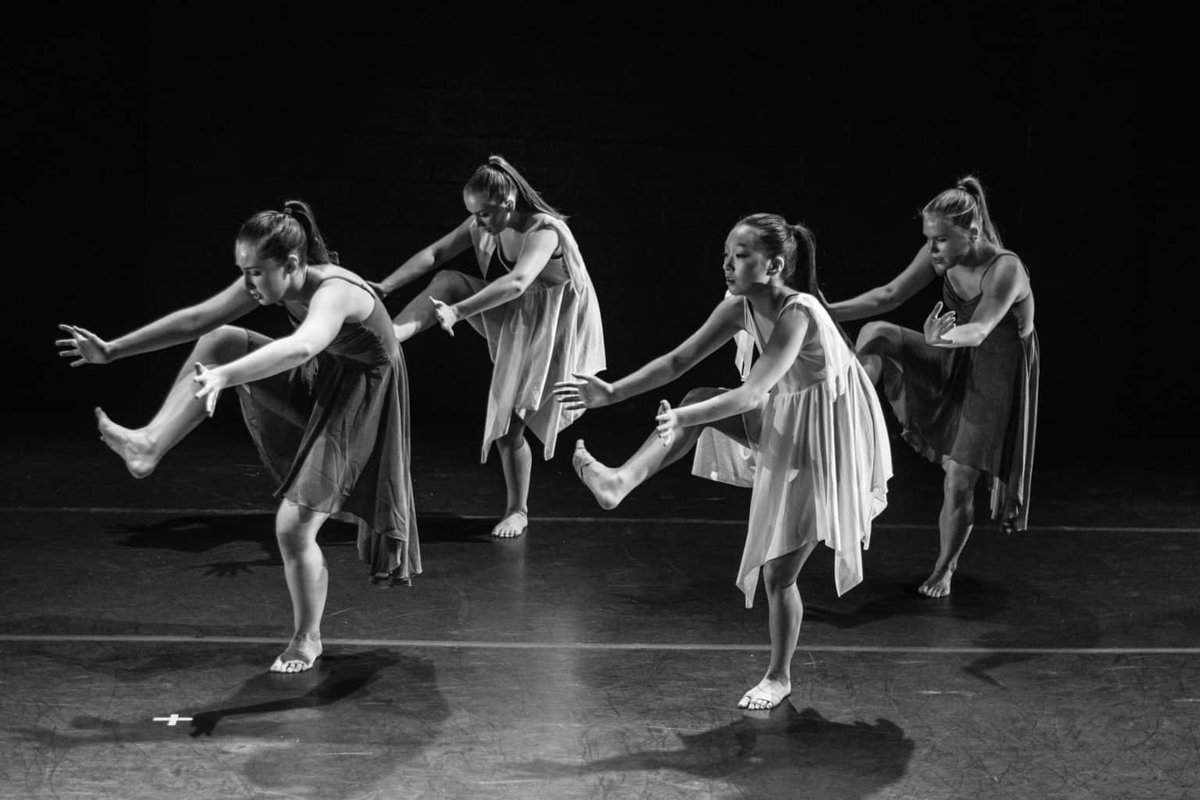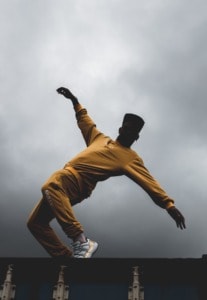In the following article, the importance of body expression in physical education (PE) is shown, more specifically in Compulsory Secondary Education (CSE). Answering the questions of what body expression is, how it is used, and the functions it has within PE, and proposals to put it into practice as content of the area.
Body expression
The term Body Expression in Physical Education can be defined as the discipline that allows finding one’s own body language, a form of communication and expression with and through the body (1).
From this, it is convenient to define the concept of body language. Body language is the set of signals emitted by our body consciously or unconsciously, which provide information about the emotional state, feelings, concerns… and the intentions of a person.
Body expression in physical education
Body expression in physical education and music are part of the so-called rhythmic systems.
Education has as one of its main objectives to provoke mobilization at all levels, both intellectual and affective and physical. With this, it seeks to enrich the student through their own experiences. The approach generated towards their own person will allow them to know and communicate better (2).
Within the objectives of education, it can be found that PE has a similar objective, referring to the improvement of adolescents’ self-knowledge, as well as the creation of habits related to the regular practice of physical activity.
Within the contents to be worked on, we find body expression in Physical Education as part of the content related to artistic and/or expression situations. In CSE, work related to this content should be addressed in all courses, making a progression of it, starting from a simpler and less autonomous treatment, to tasks, activities… more autonomous and with an increase in complexity.
The content of body expression in Physical Education covers a multitude of topics, among others the theme of introjection. Tasks based on introjection are usually performed with closed eyes and often provoke emotions related to happiness and surprise.
The latter, linked to the lack of habits in the practice of such tasks, makes students feel and know their own body and its state, having the opportunity to feel things they previously did not know.
On the other hand, and although it usually occurs to a lesser extent, it is worth highlighting the feelings related to aversion. This can occur due to the restlessness and tension that can be generated by lying down and wanting, listening to your own body (3).
For the above, it is essential to adapt body expression tasks in physical education to the characteristics of the student and the space in which they are carried out, being able to create a cheerful and pleasant climate for the students, avoiding that they may feel uncomfortable during the performance of the different tasks that the selected content addresses.
It is known that, from the realization, practice, and experience of Body Expression tasks, students manifest positive emotions, with the majority being of this type, and finding as a negative emotion the shame derived from the practice of unusual activities where sensations must be externalized or different movements must be performed in front of an audience.
Following the line of the above, we observe how the work of Body Expression as PE content generates different benefits, the first of which is self-knowledge and the improvement of self-concept, as it gives the opportunity to know oneself thanks to the tasks and activities of introjection.
In addition to the named benefits, we find others such as the development of the ability to act (thanks to the experimentation that continuous work of this content entails, the student is able to improvise and act with less difficulty), improve collectively (due to cooperative work, group knowledge, and group awareness), equally improvements at the biological level (physical benefits such as improved body, postural, respiratory, and motor control), intellectual and socio-emotional development, increased creativity due to its stimulation and the progressive work of autonomy by the students (4).
Practical proposal of body expression in physical education
One of the options to put into practice the content of Body Expression in Physical Education is the treatment of Dance.
It can be one of the best options to work with adolescents due to the prejudices that exist about it, the differences established in previous times regarding gender, etc.
Dance is a great content within expression that provides students with a promotion of creativity, an increase in confidence and communication between the group, and the improvement of self-knowledge.
The possibilities to work on it are endless, from the work of folk dances, world dances, ballroom dances, urban dances, etc. Therefore, depending on the characteristics of the group, and the learning objectives, one modality or another can be chosen. We always start from the premise that dance is made for everyone, so the diversity of the group must be taken into account, as well as its limitations, and in this way choose and develop the unit with the most appropriate methodology and content.
Regardless of the dance modality chosen to develop, we must start from the fact that in lower courses (1st and 2nd CSE).
The content must be more directed, being able to use guided discovery or similar styles, where the tasks are not very complex and the use of creativity does not require a very high level, to later in more advanced courses (3rd, 4th, and Baccalaureate) be able to introduce an increase in autonomy by the student, increasing their creative level, improvisation, the creation of work groups by affinity, etc.
One of the progressions that can be made to sequence learning is the following:
- Initially, a historical approach to the characteristics of the chosen modality is made so that students can orient themselves and know a little more in-depth about the topic to be addressed.
- Subsequently, several listens of the type of music, or the specific music for which a choreography is going to be developed, are made.
- After this, an attempt is made to follow the cadence of steps and movements, depending on the music and its rhythm.
Once the above is done, a musical fragment and some associated steps are stipulated, which must be repeated and learned, for this, work can be done in small groups and once learned a new fragment is added.
When the students have managed to learn the steps of the different fragments, they move on to practice in a large group and progressively add all the fragments worked on, until they can all dance the choreography worked on together, with the ultimate goal of being able to make variations or modifications of it according to the students’ tastes and be able to present it as the last step of the progression.
Conclusions on body expression in physical education
In conclusion, it should be noted that the work of body expression in Physical Education is more than necessary for the integral development of students, leaving them with positive learning and knowledge not only in their motor development but also on a personal level.
In addition, it offers a multitude of possibilities that can be applied depending on the characteristics of the group, the context, the facilities and material, etc.
Bibliography
- Mateu, M. Duran, C. and Troguet, M. (1992). 1000 exercises and games applied to body expression activities– Block 1, Volume 1-. Barcelona: Paidotribo
- Coterón, J., & Sánchez, G. (2010). Artistic education through movement: body expression in physical education. Aula, 16, 113-134. Retrieved from: https://www.researchgate.net/profile/Javier_Coteron/publication/277269743_Educacion_artistica_por_el_movimiento_la_expresion_corporal_en_educacion_fisica/links/56444eaf08ae451880a712d2/Educacion-artistica-por-el-movimiento-la-expresion-corporal-en-educacion-fisica.pdf
- Torrents, C., Mateu, M., Planas, A., & Dinusôva, M. (2011). Possibilities of body expression tasks to elicit emotions in students. Journal of Sport Psychology, 20(2), 401-412. Retrieved from: https://www.redalyc.org/pdf/2351/235122167011.pdf
- Quesada, C. A. (2004). Body expression and transversality as a methodological axis built from artistic expression. Education Journal, 28(1), 123-131. Retrieved from: https://www.redalyc.org/pdf/440/44028110.pdf


